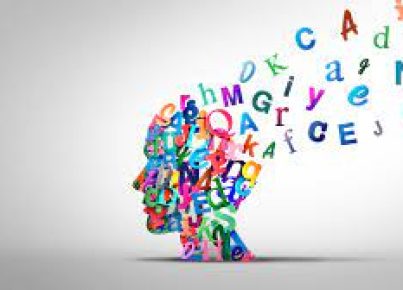Introduction
Dyslexia, a common learning difficulty that affects an individual’s ability to read and comprehend written text, has often been regarded as a disability. With millions around the world suffering from dyslexia, it is important to recognize that it is not a disability but rather an instructional dysfunction. By reframing the way we view dyslexia, we can provide better support for those affected.
Understanding Dyslexia
Dyslexia is a neurological condition that affects an individual’s ability to recognize written words and process language-related information. It is not related to an individual’s intelligence or desire to learn. Instead, those with dyslexia have difficulty with specific language skills such as phonetics, spelling, and comprehension.
Why Dyslexia Is An Instructional Dysfunction
Labeling dyslexia as a disability inadvertently places the blame on those who struggle with the condition rather than addressing the core issues that contribute to their difficulties in reading and comprehension. A more constructive view of dyslexia acknowledges it as an instructional dysfunction, allowing educators and caregivers to focus on identifying better learning methods that cater to each affected person’s needs.
Traditional education systems predominantly rely on phonics-based teaching strategies for learning how to read. However, this approach may not always be effective for individuals with dyslexia due to their difficulty in letter-sound association. When the educational system fails to adapt and offer alternative learning strategies for students with dyslexia, it creates unnecessary difficulties for these individuals in their academic pursuits.
The Need For Appropriate Instructional Methods
Recognizing dyslexia as an instructional dysfunction emphasizes the importance of accommodating diverse learning styles and providing appropriate resources for those affected. Such accommodations may include:
1. Multi-sensory instruction: This involves using multiple senses such as sight, sound, and touch when teaching reading skills.
2. Visual aids: Incorporating diagrams, charts, and graphic organizers can help dyslexic individuals grasp concepts more easily.
3. Assistive technology: Tools like text-to-speech software and electronic spell checkers can greatly support those with dyslexia in keeping up with their peers.
4. One-on-one instruction: Catering to the specific needs of learners with dyslexia through individualized attention provides a customized learning experience.
5. Fostering self-confidence: Encouraging a positive learning environment where dyslexic individuals feel valued and supported will contribute to their academic success.
Conclusion
By shifting our perception of dyslexia from a disability to an instructional dysfunction, we can create a more inclusive educational environment that recognizes the potential of those affected. Providing the appropriate learning strategies and accommodations will not only benefit individuals with dyslexia but also ultimately contribute to more diverse and empathetic societies.




